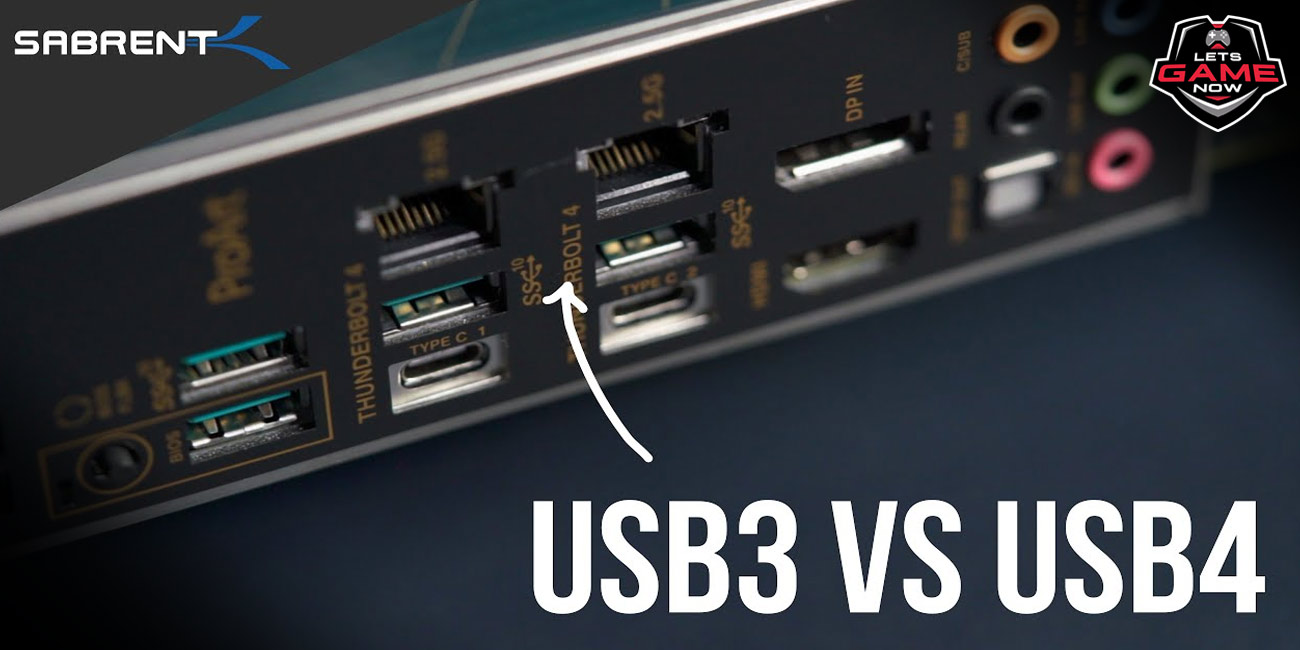


Noushin
Sep, 03.2022
As per the recent announcement by the USB Promoter Group, they released the specifications of the new and updated USB4 Version 2.0 which will be capable of speeds of up to 80Gbps. The current USB4 has a maximum speed of 20Gbps and a maximum speed of 40Gbps. The purpose of the USB4 Version 2.0 specification is to offer a single, scalable standard that can be utilised by all hardware that supports the Universal Serial Bus.
According to the USB Promoter Group, USB4 Version 2.0 will provide 80Gbps through the deployment of a new physical layer design that will combine 40Gbps USB-C passive cables with "newly specified" 80Gbps USB-C active cables. Thus, its increased performance highlights the biggest benefit of the USB4 Version 2.0 specification. Increased Thunderbolt 3 device compatibility is another significant change in this regard.
The following are some of the important features of the new USB specification:
Greater Bandwidth: Compared to the USB 3.2 standard, USB4 Version 2.0 delivers greater bandwidth. Utilizing both new 80 Gbps USB Type-C active cables and current 40 Gbps USB Type-C passive cables, it provides data transfer rates of up to 80 Gbps, which is twice as fast as USB 3.2.
Better Electricity Efficiency: USB4 Version 2.0 uses less power than USB4 Version 1.0. It employs a Type-C connector rather than the more traditional Type-A and Type-B connectors since it is smaller and simpler to use.
More Device Support: Compared to USB 3.2, USB4 Version 2.0 supports more devices, such as Thunderbolt 3 gadgets, DockPort gadgets, and DisplayPort monitors.
The new standard is also built to utilise the available bandwidth, as a result, data will be transferred efficiently to high-performance displays with high quality and refresh rates. Additionally, the next generation aims to provide better and more powerful signals across the platform. The Mini DisplayPort (MDP) and all earlier versions and generations will be compatible with the new generation as well as older devices.